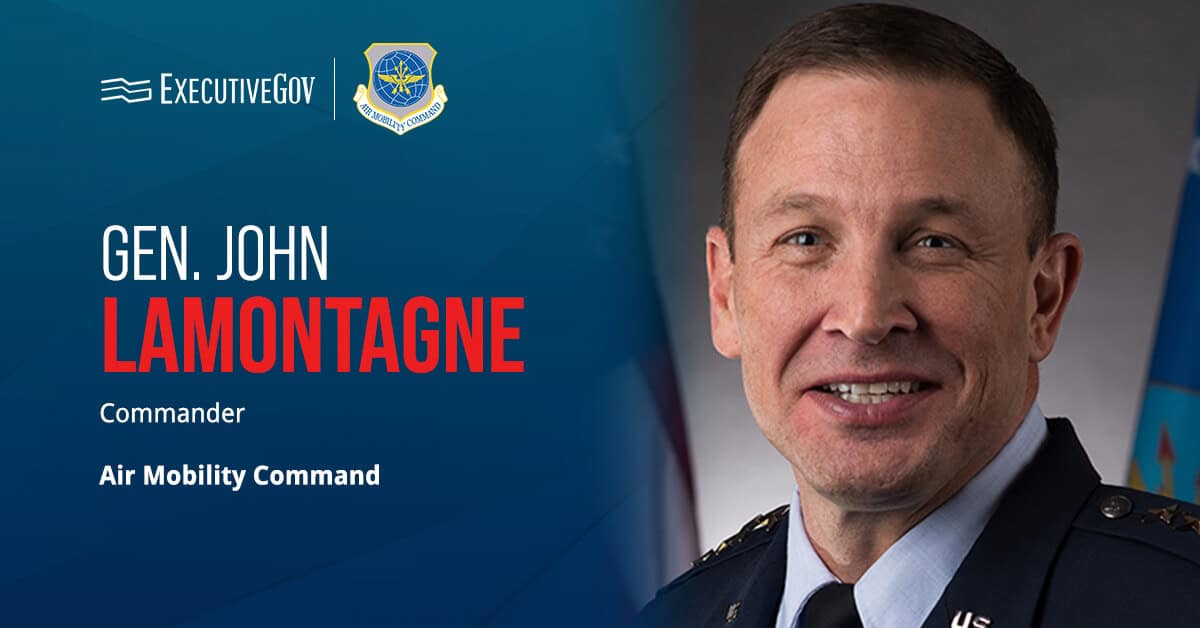 Navy Secretary Ray Mabus has announced the names of three vessels that include the first ship of a new fleet of ballistic missile submarines, a John Lewis-class fleet replenishment oiler and a commercial-based catamaran.
Navy Secretary Ray Mabus has announced the names of three vessels that include the first ship of a new fleet of ballistic missile submarines, a John Lewis-class fleet replenishment oiler and a commercial-based catamaran.The Defense Department said Wednesday the first SSBN vessel will be dubbed as USS Columbia while the John Lewis-class oiler will be named the USNS Earl Warren and the future Expeditionary Fast Transport will be called USNS Puerto Rico.
Austal USA will develop the EPF, formerly known as the Joint High Speed Vessel, that will support various missions such as disaster relief, humanitarian assistance, overseas contingency operations and special operations.
Navy added that the ballistic missile submarines will support elements of the U.S. nuclear deterrence and assurance policy, as well as carry part of the deployed U.S. nuclear warheads.





